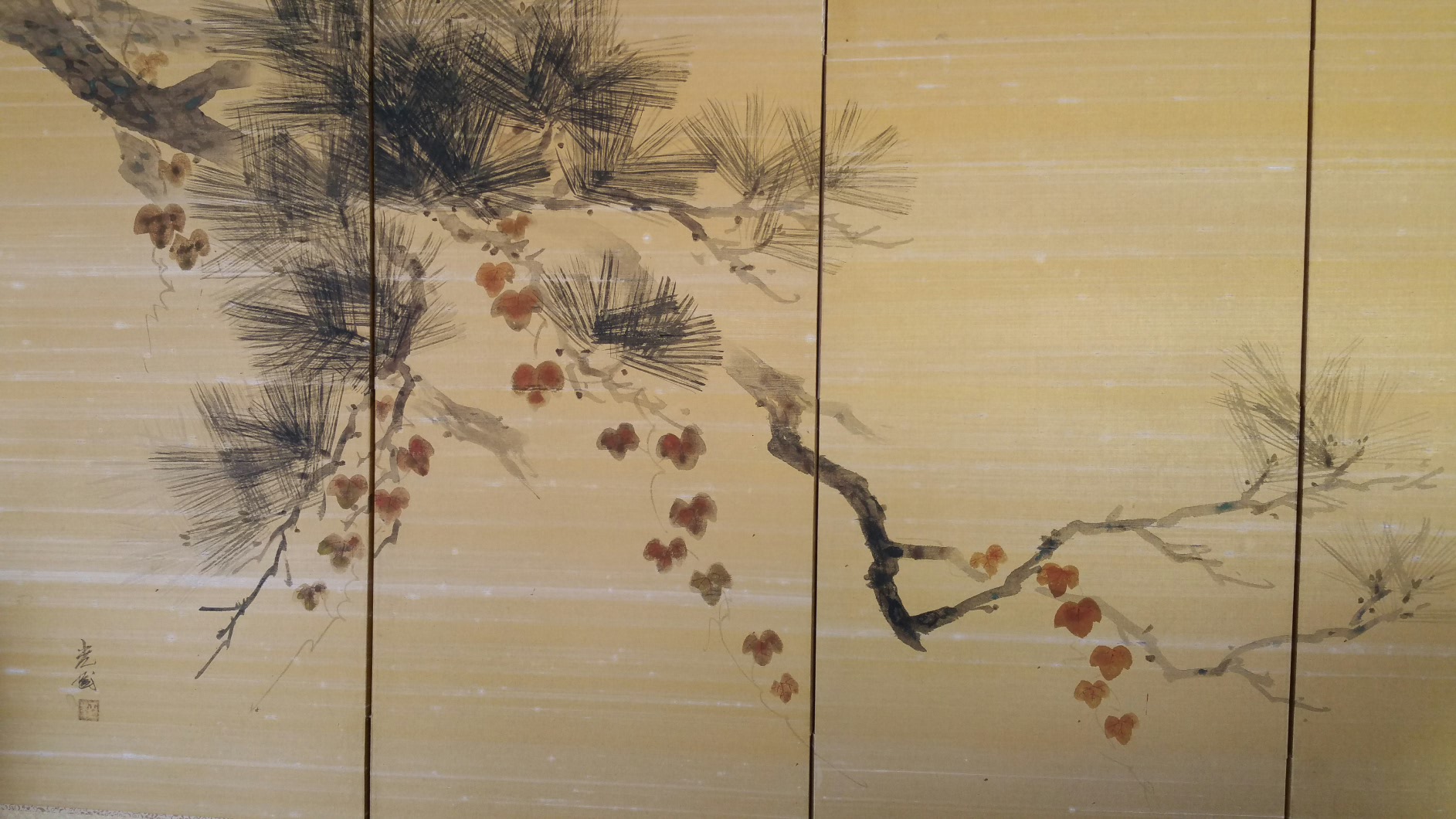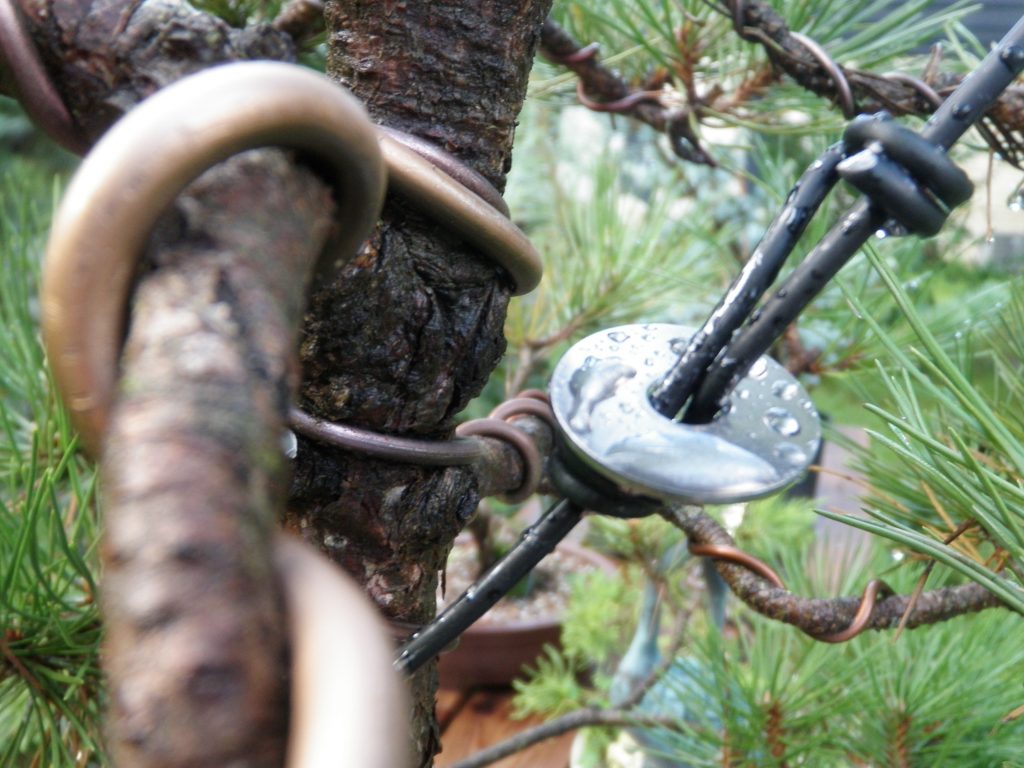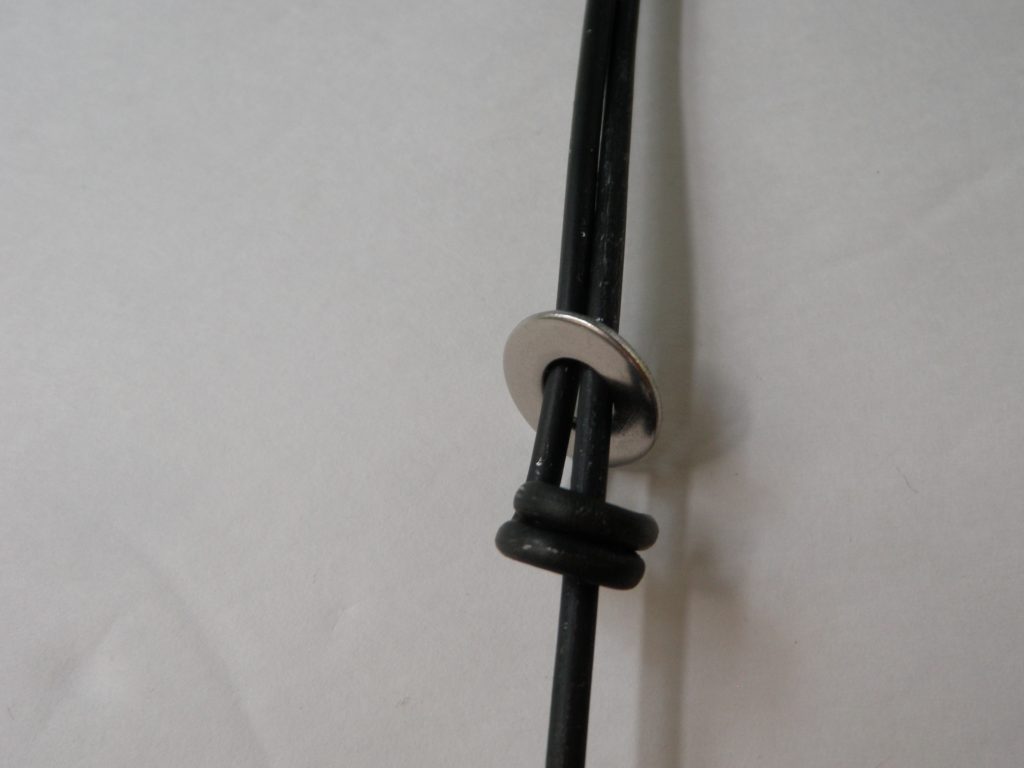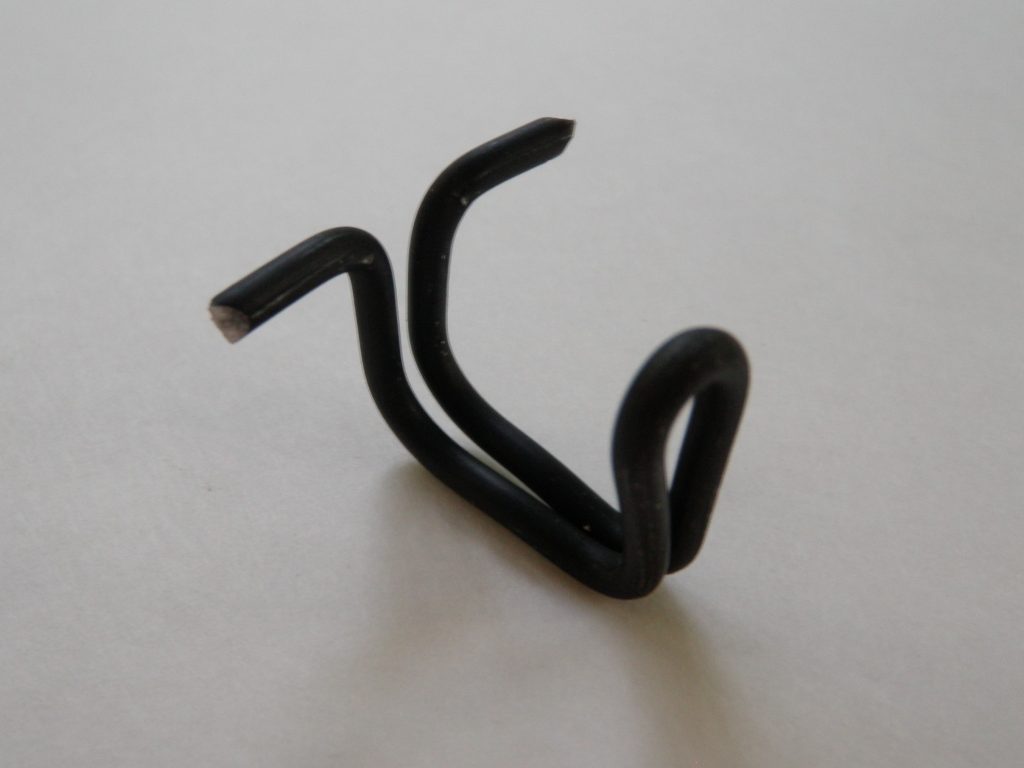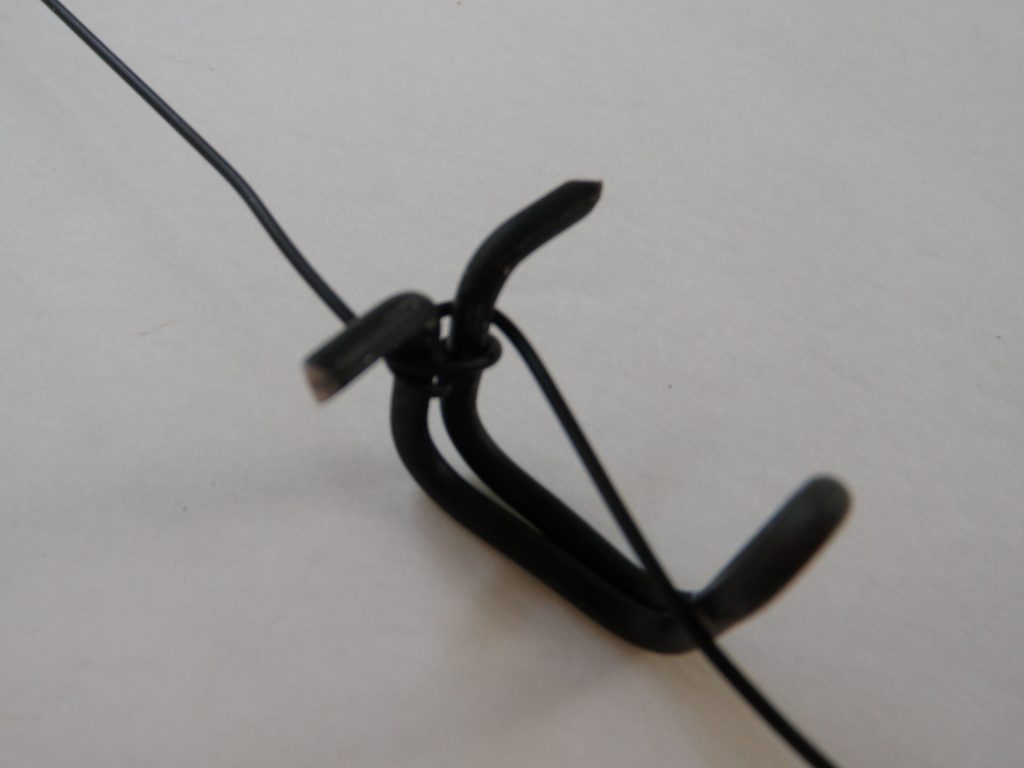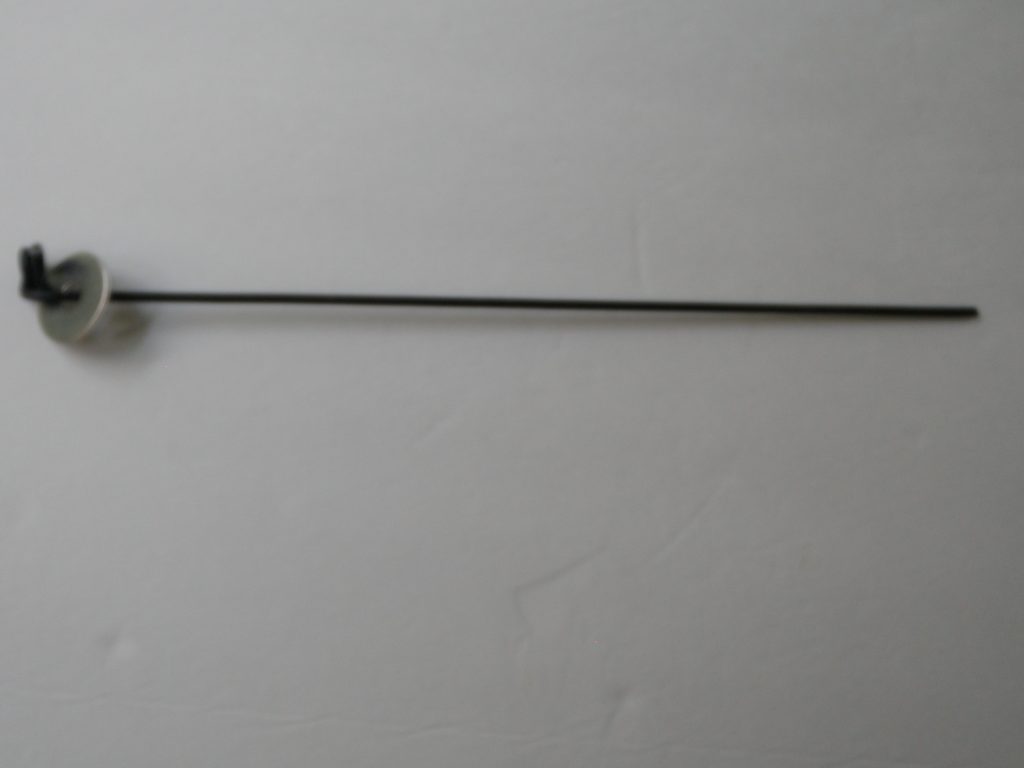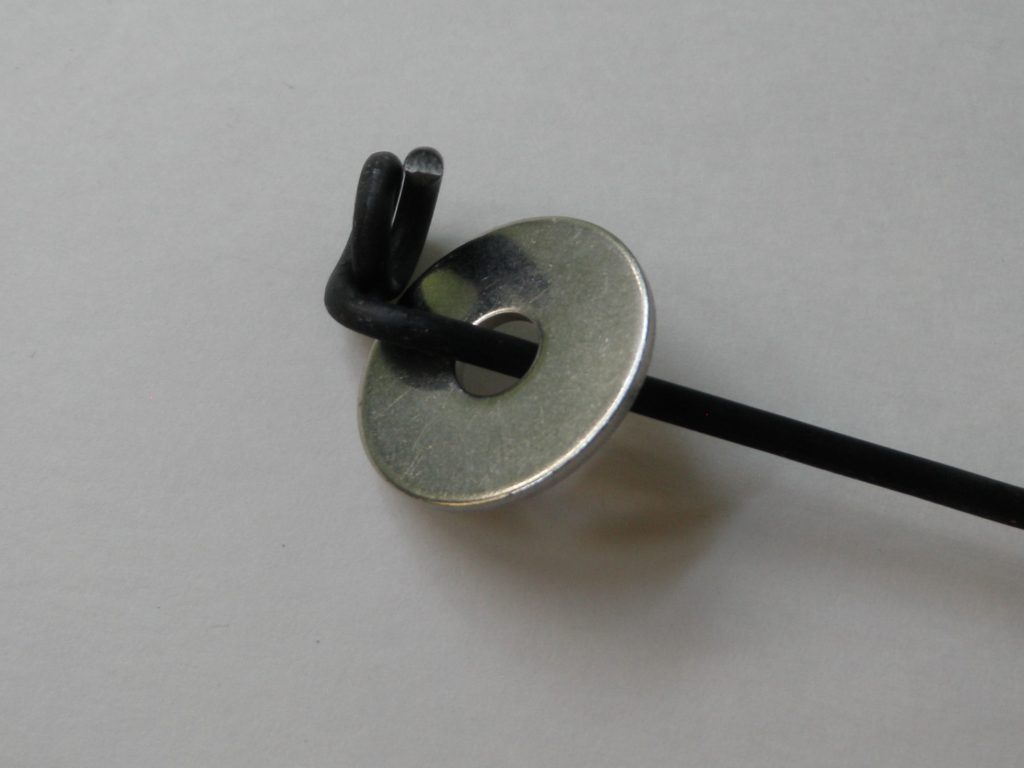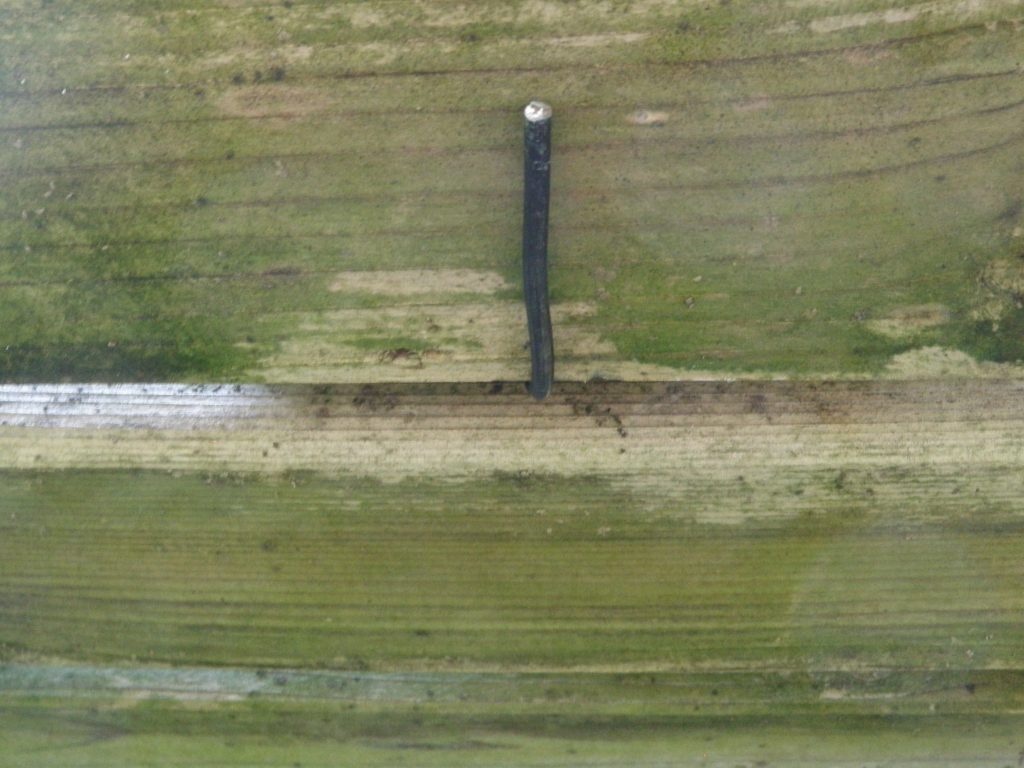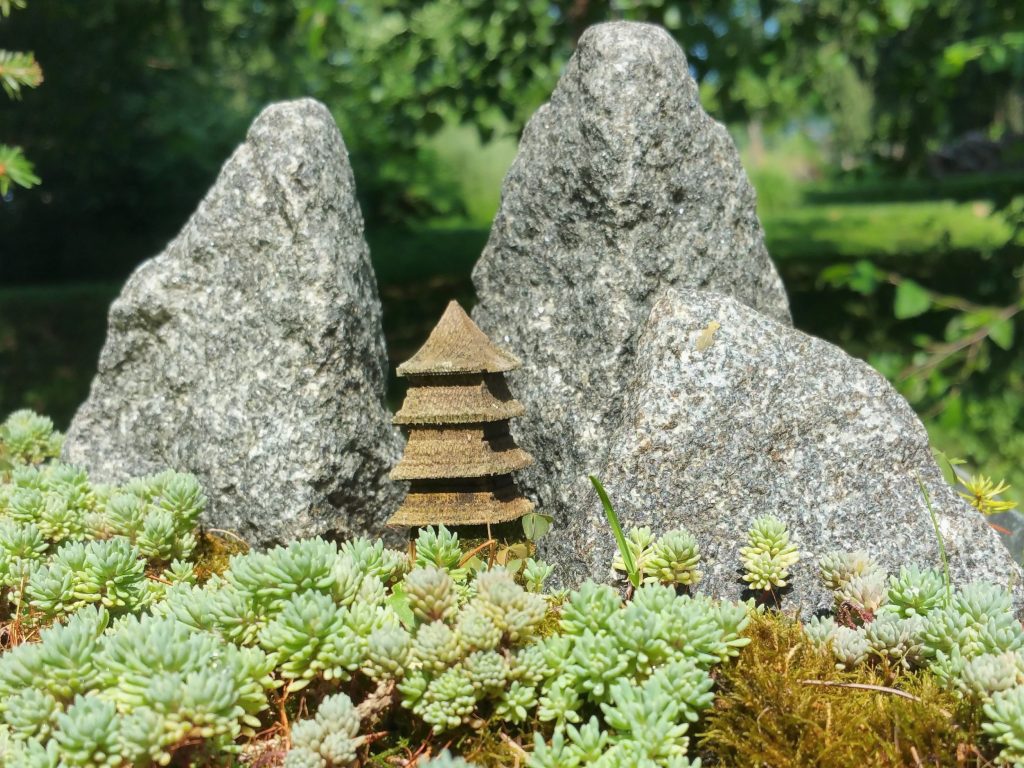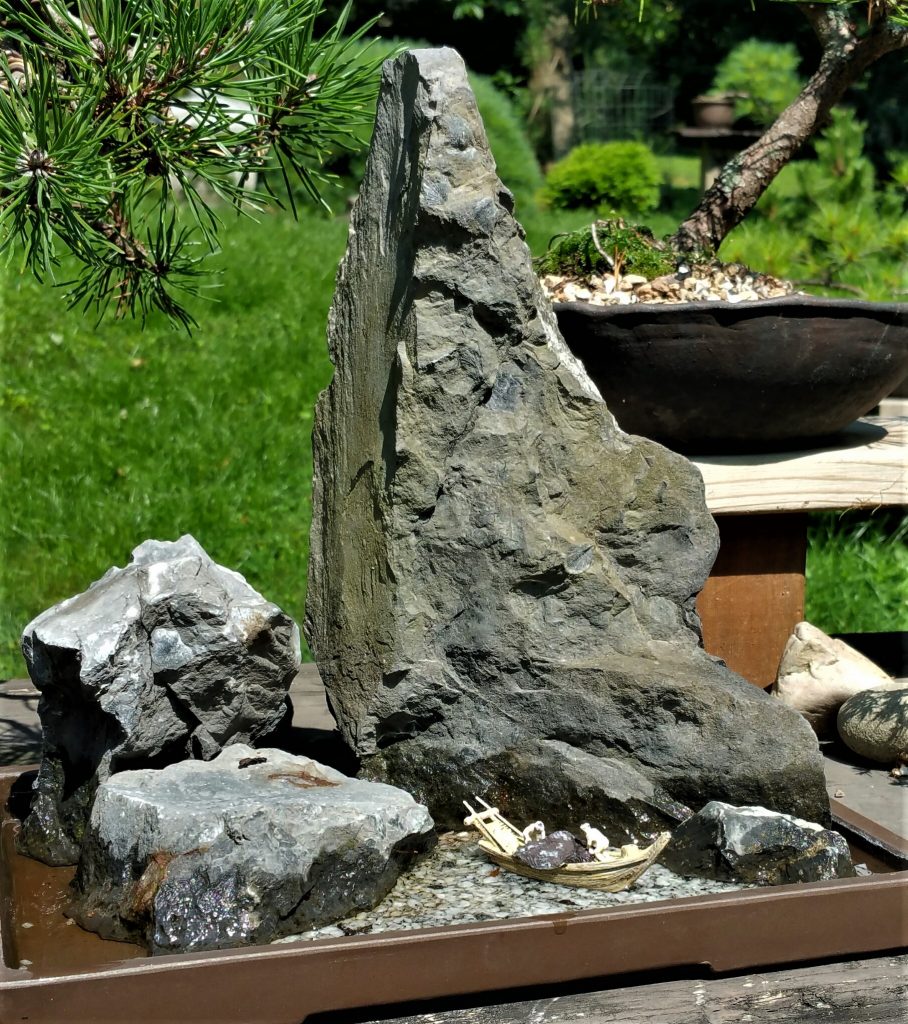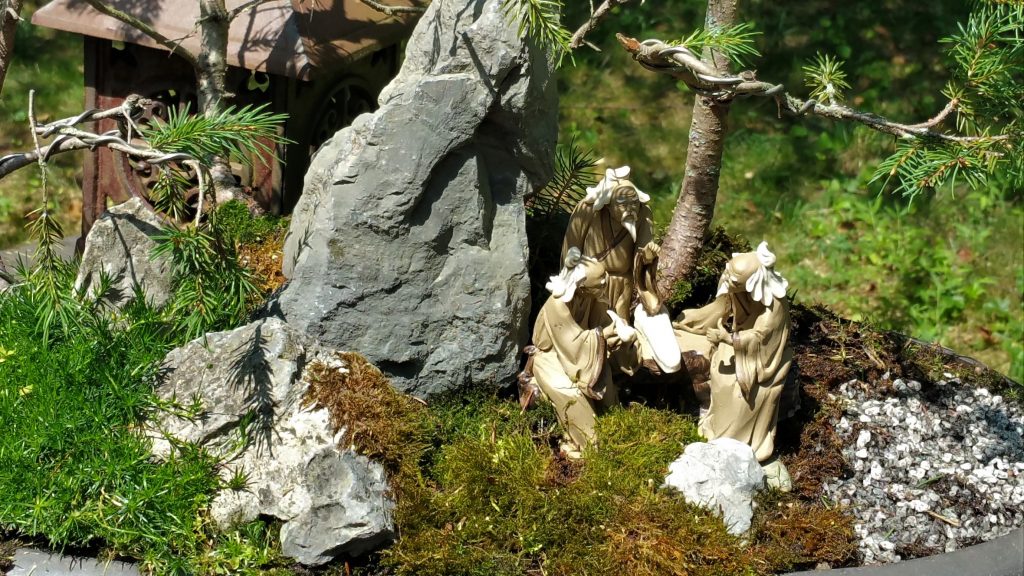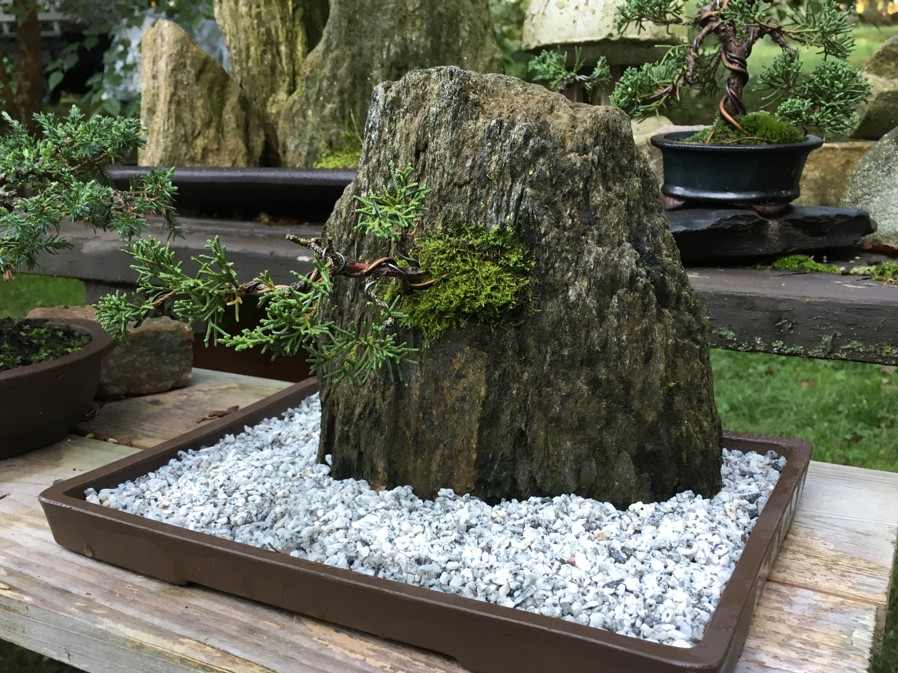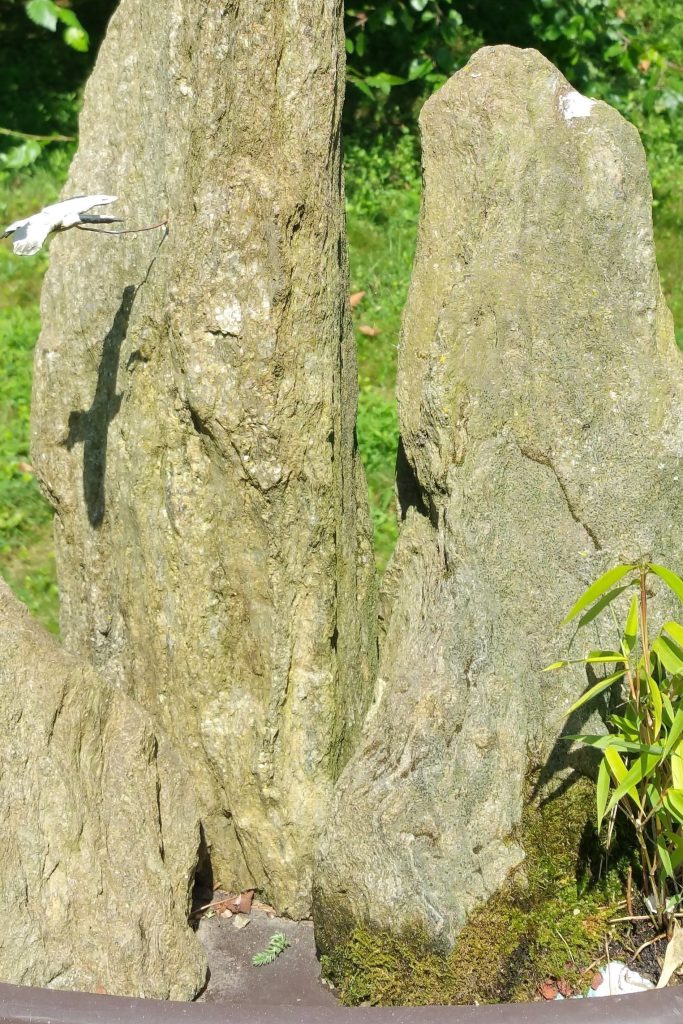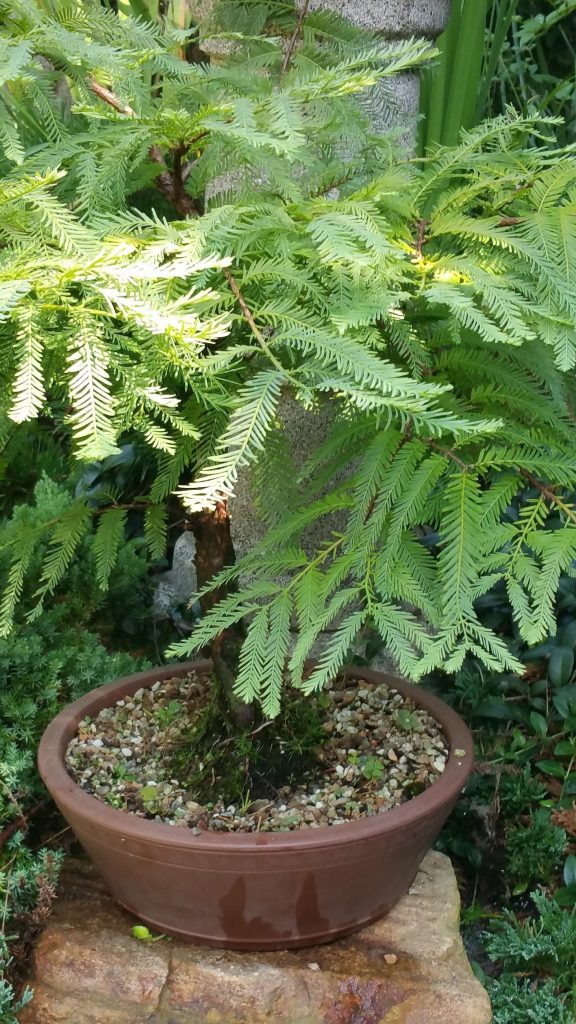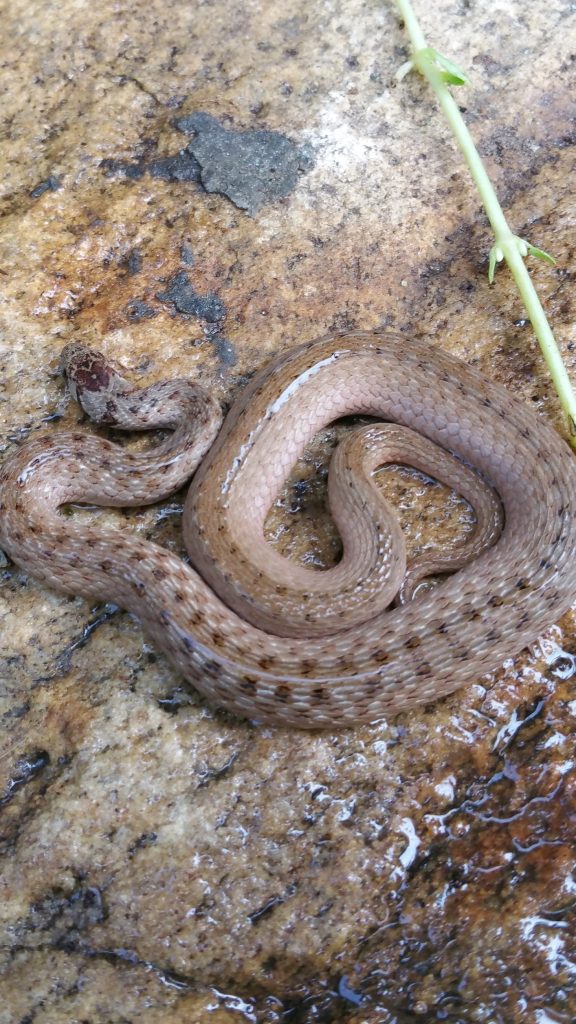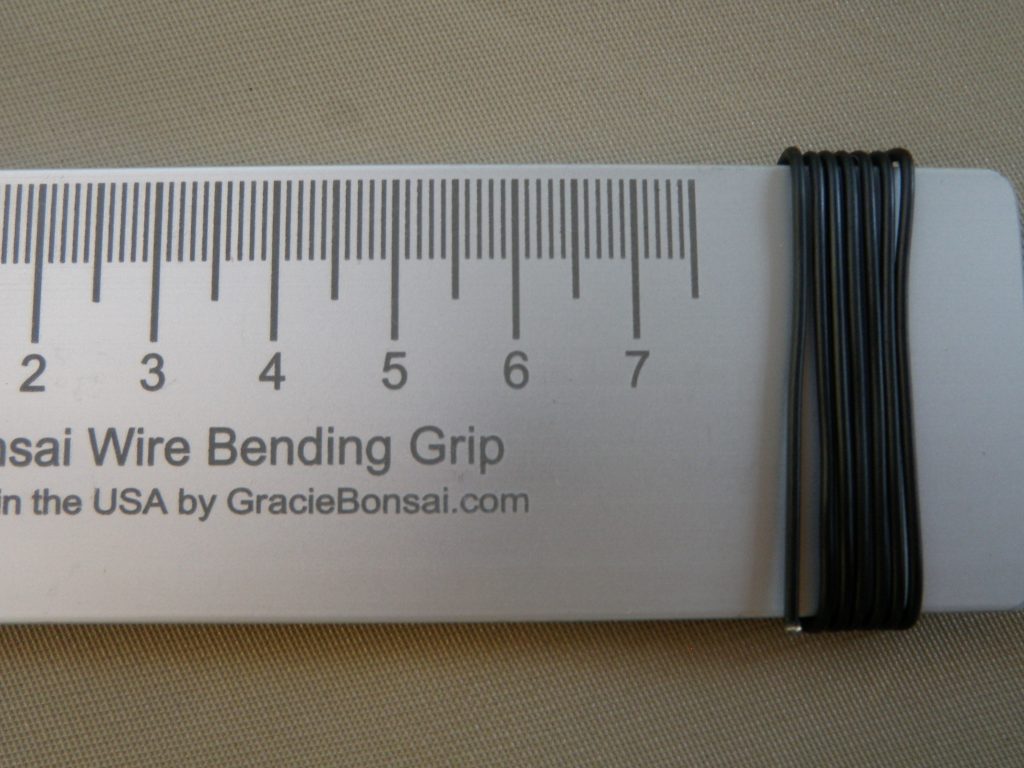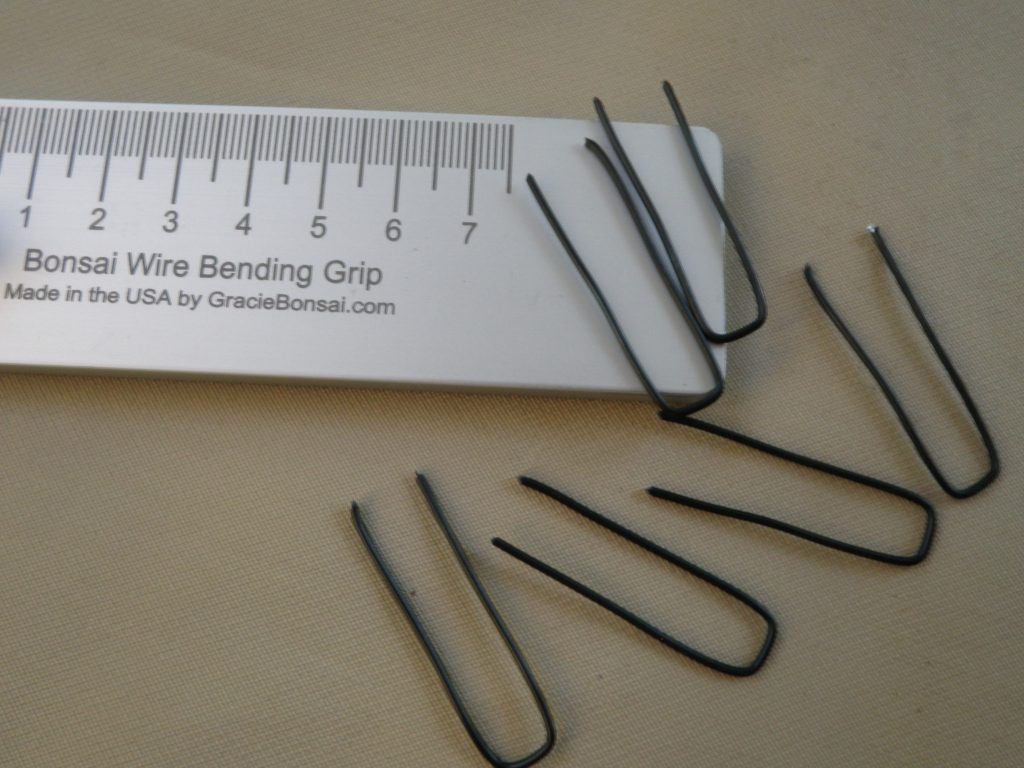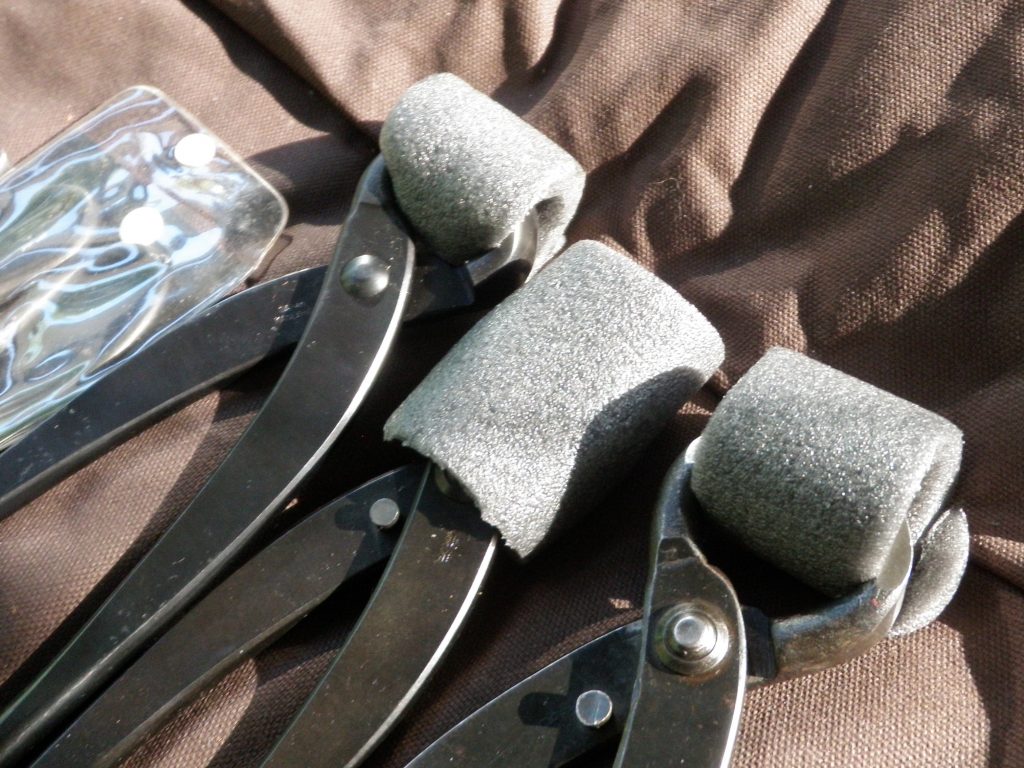I wanted to add a privacy gate to my existing middle gate which separates two areas of my garden. I found a nice looking prefabricated cedar panel on a big box store website. The manufacturer is located in the North Western US area. They make products like this one and larger fence panels from recycled lumber cutoffs that are too short for use by other wood product manufacturers in the area.
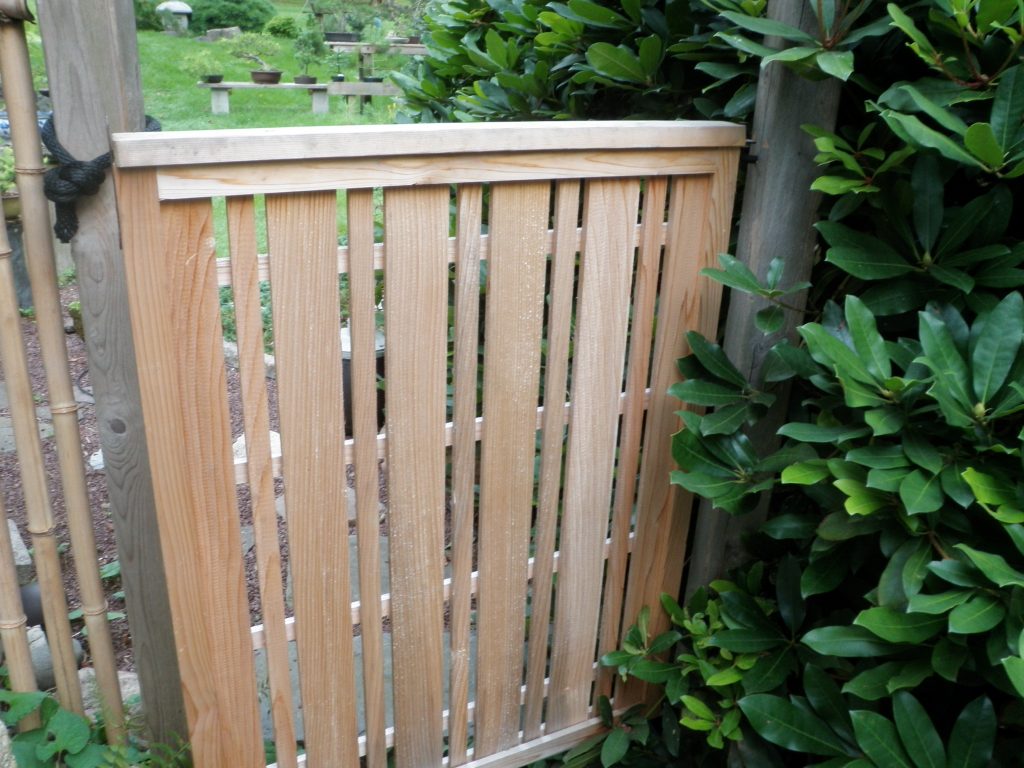
To help keep the lightweight panel square I attached two pieces of 1/8″ aluminum strips that run the length of the bottom and top sides of the panel leaving an inch or so of the aluminum strips extended to mount to large post hinge screws .
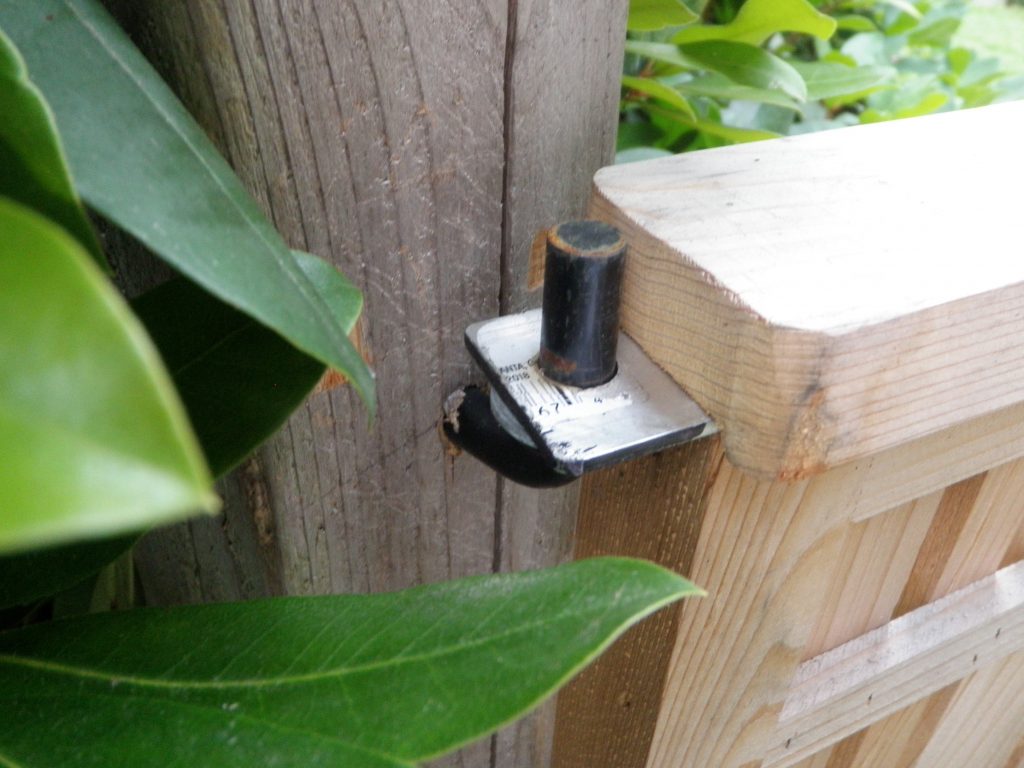
I added a wood strip to cover the top aluminum strip and used a piece of rope and attached an old stamped steel circular saw wrench to make a latch that works from either side of the gate. Just lift the rope over the raised metal tab (former wrench). Note: The rope is nailed to the opposite side of the post using a copper roofing nail.
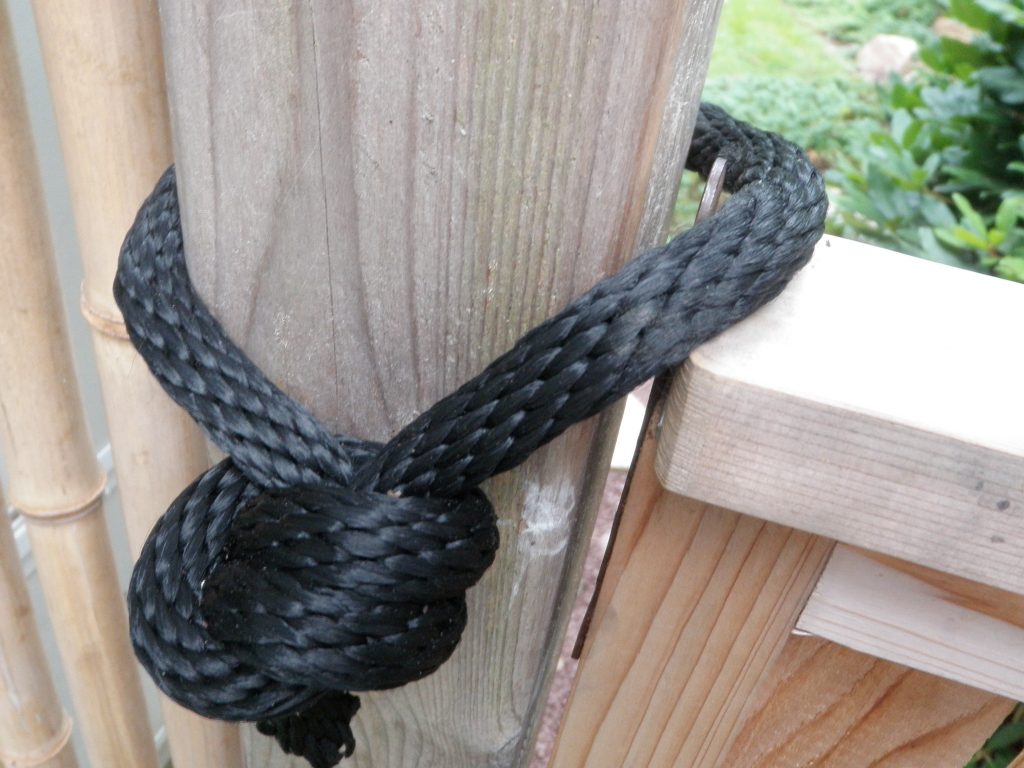
I patiently wait for the elements to weather the gate to match the rest of the structure.
